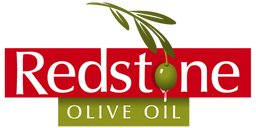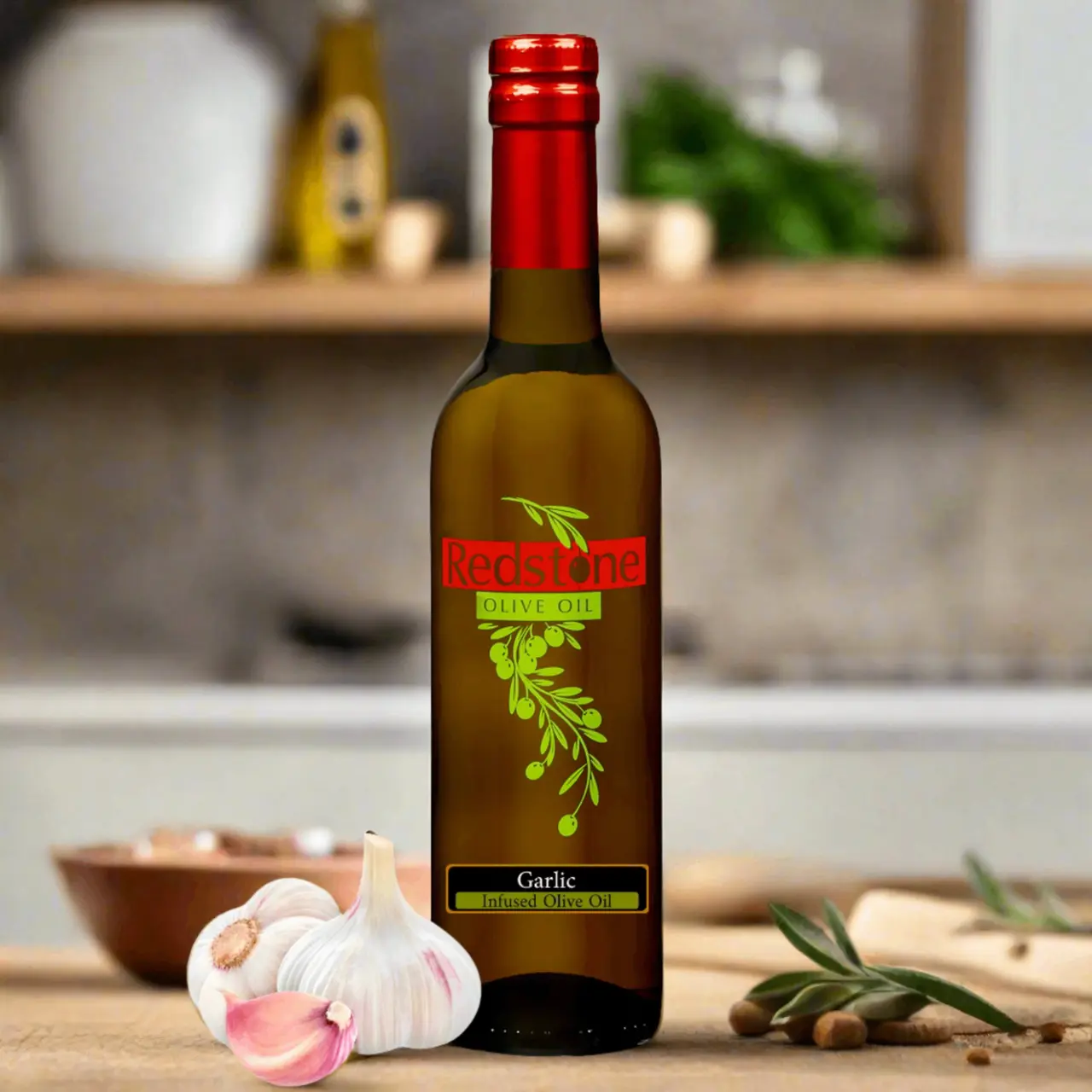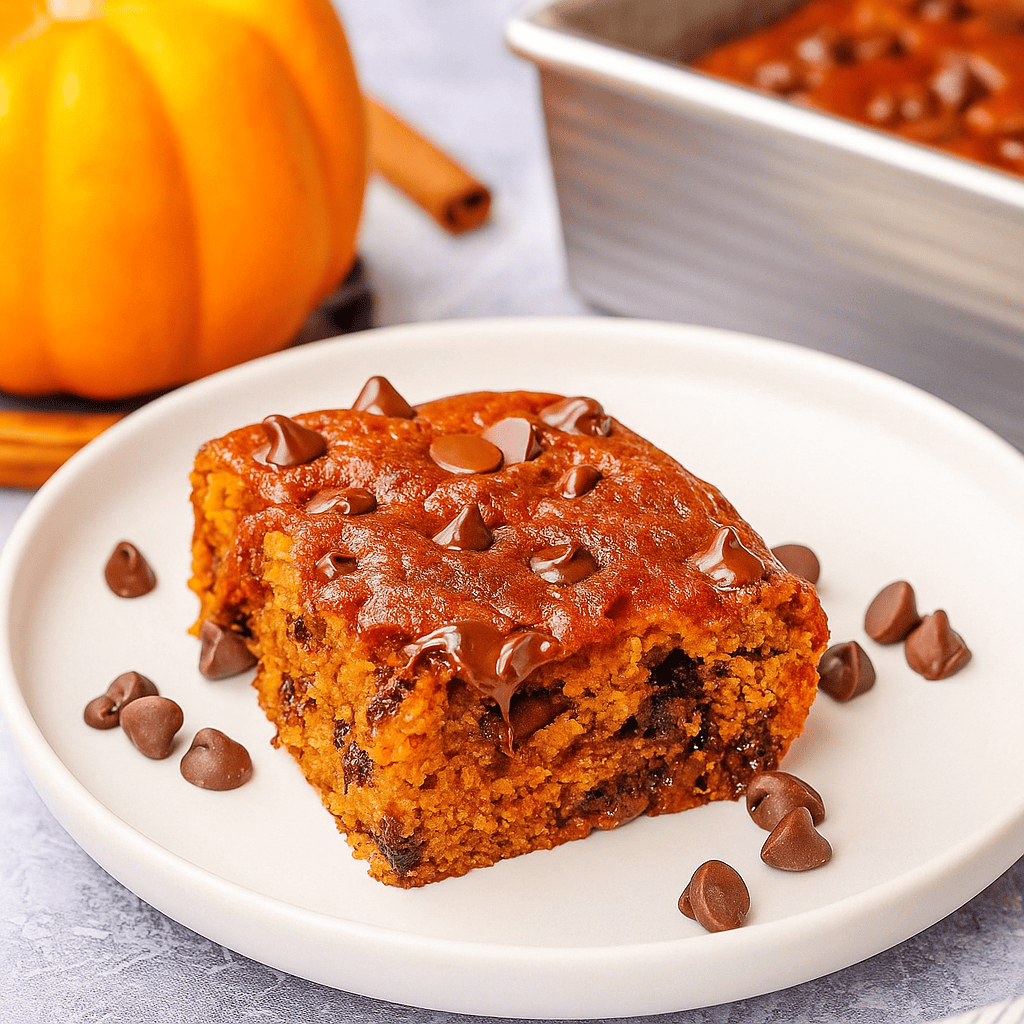When it comes to culinary delights, few things enhance a dish quite like a good garlic olive oil, especially in a place like Utah, where the blend of local cuisine and a knack for wholesome food preparation reign supreme, selecting the perfect garlic olive oil can elevate your cooking to new heights. Below, we’ll dive into eight essential tips to help you find that perfect bottle amidst the scenic beauty of the Beehive State.
1. Understand the Source
Embarking on the journey to find the perfect garlic olive oil, it’s paramount to start with its origins. Utah, known for its breathtaking landscapes, also hosts a myriad of local farms that cultivate high-quality olives essential for making top-tier olive oil. The difference in taste and quality can often be traced back to how and where the olives were grown. Look for oils that emphasize their local sourcing, as these often have a unique flavor profile reflective of Utah’s diverse climate and soil.
2. Check for Freshness
Freshness is key when it comes to choosing the best garlic olive oil. Unlike wines, which improve with age, olive oils boast their best qualities shortly after pressing. A good indicator of freshness is the harvest date listed on the bottle. Opt for the most recent harvest to ensure you are getting an oil at its peak of flavor. The presence of a harvest date also signifies the producer’s commitment to transparency and quality.
3. Know Your Olive Varieties
Just as grapes can define a wine, the variety of olives can significantly influence the taste of your garlic olive oil. From the robust, peppery flavors typical of the Koroneiki variety to the subtle, fruity undertones of Arbequina olives, each type offers its distinctive character. Familiarize yourself with the common olive varieties used in garlic olive oil production to help guide your choice toward your preferred taste profile.
4. The Importance of Proper Packaging
Never judge a book by its cover, but do judge garlic olive oil by its packaging. Exposure to light and air can deteriorate olive oil’s quality, so it’s crucial to choose oils housed in dark glass bottles or metal containers that protect against these elements. This not only preserves the oil’s sensory and nutritional quality but also ensures that the garlic flavor remains robust and unspoiled by the oxidation process.
5. Understand the Labeling
Navigating the labels on garlic olive oil bottles can be like trying to understand an ancient script. However, a few key terms can unlock a wealth of information about the quality of the oil. Labels bearing the words ‘extra virgin’ imply the highest quality, as this oil is produced solely by mechanical means, without the use of chemicals. Additionally, look for indicators of authenticity like the Protected Designation of Origin (PDO) mark, which assures the oil’s geographic origin and quality.
6. Taste Before Buying
Tasting garlic olive oil before making a purchase might seem like a gourmand’s prerogative, but it’s a savvy shopping strategy. Many specialty stores in Utah offer samples to help customers find their preferred flavor profile. When tasting, pay attention to attributes such as fruitiness, bitterness, and pungency. These qualities should balance well with the fresh, aromatic garlic notes without overpowering them.
7. Consider the Price
While it’s tempting to equate higher costs with better quality, the best garlic olive oil is the one that fits your budget while meeting your culinary needs. Prices can vary widely based on factors like production methods, olive variety, and brand. It’s worth investing in a slightly pricier oil if it significantly enhances your dining experience, but remember that there are many excellent options available at a range of price points.
8. Explore Local Utah Farms and Markets
Utah’s local farms and artisanal markets are treasure troves for culinary enthusiasts seeking the finest garlic olive oils. By exploring these local establishments, not only do you support the local economy, but you also discover oils that are not widely available. Engaging with farmers and producers directly provides insights into their oil production process, ensuring you make an informed, tasteful selection imbued with the essence of Utah.







